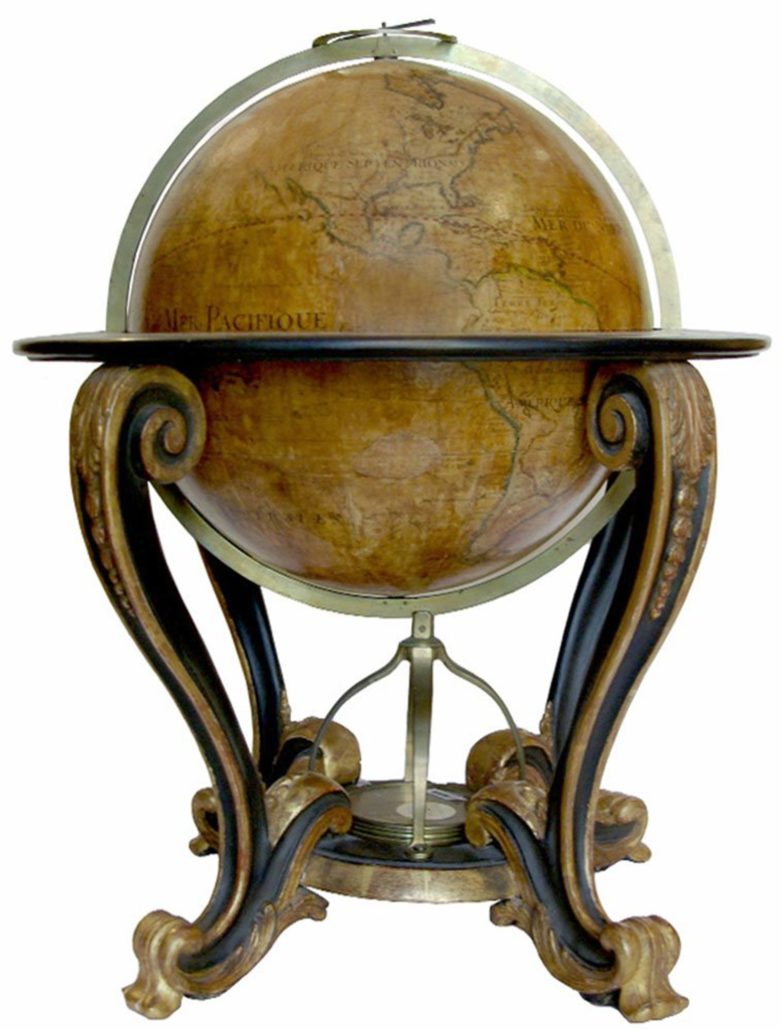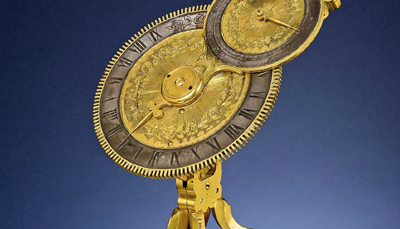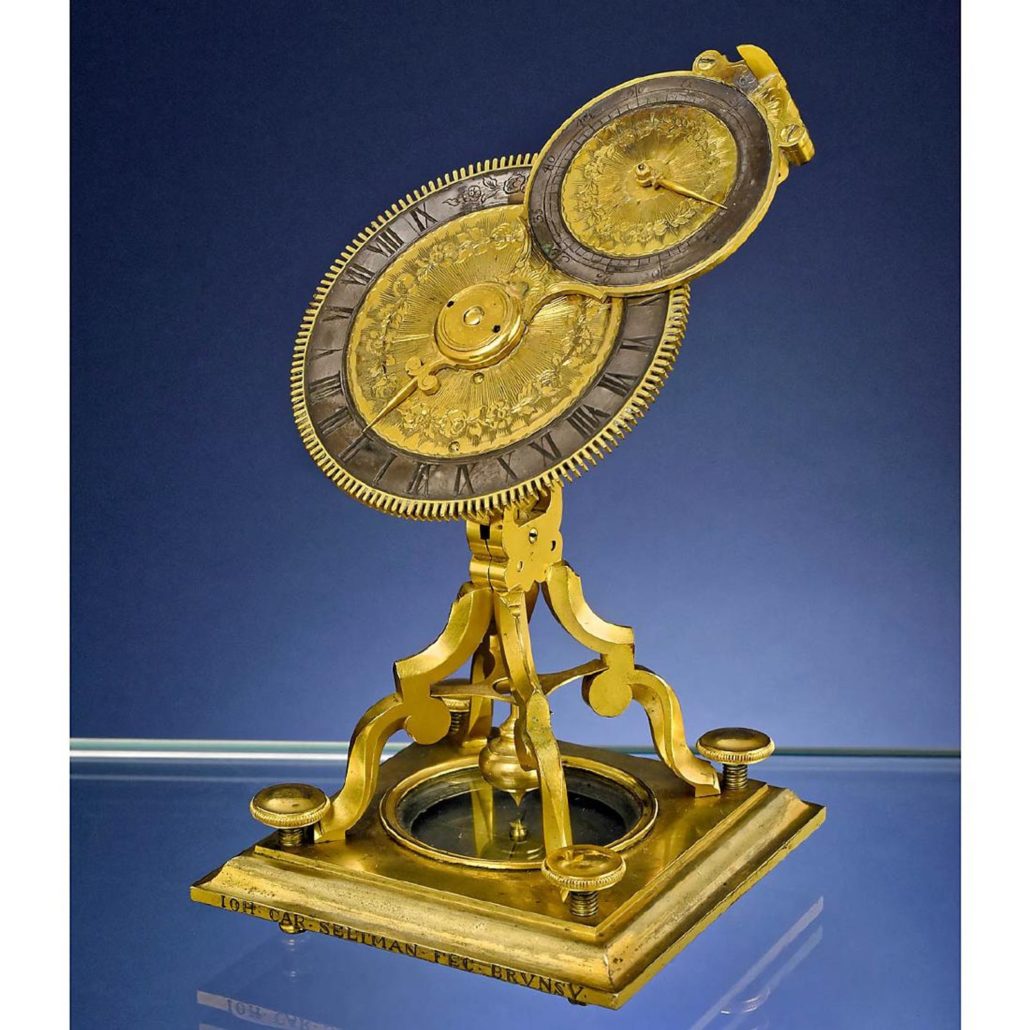
NEW YORK — Even before King George III commissioned a fine microscope to be made in the 17th century as a gift to his wife, Charlotte, an amateur botanist, people had become fascinated with scientific instruments. Today, there are specialty antiques fairs where scientific instruments are bought and sold, and the curious products of early technology appear at auctions worldwide.
While some people automatically equate scientific instruments with microscopes, the field is much broader than that. Such instruments comprise a diverse collecting category, traversing a spectrum that runs from physics, astronomy, biology, and chemistry to geology and engineering.
The field of scientific instruments includes navigational and optical instruments, surveying and measuring devices, medical apparatuses and globes. It also encompasses numerous subcategories such as electric devices, meteorological instruments, mechanical instruments and scales; as well as instruments made for mathematics and measurement.
Museums have long taken an interest. Harvard University has been collecting scientific instruments since 1672 for teaching and research, and its collection now exceeds 20,000 objects. The collection is available to browse online. The university’s permanent exhibition “Time, Life & Matter: Science in Cambridge” tells stories of instruments that, for generations. have been used to provide insight into how the natural world works and how to get a particular job done. Certain instruments, such as the telescope, could accomplish both practical and philosophical goals. It had the ability to see enemy troops at a distance but could also be used to make astronomical discoveries and develop theories.
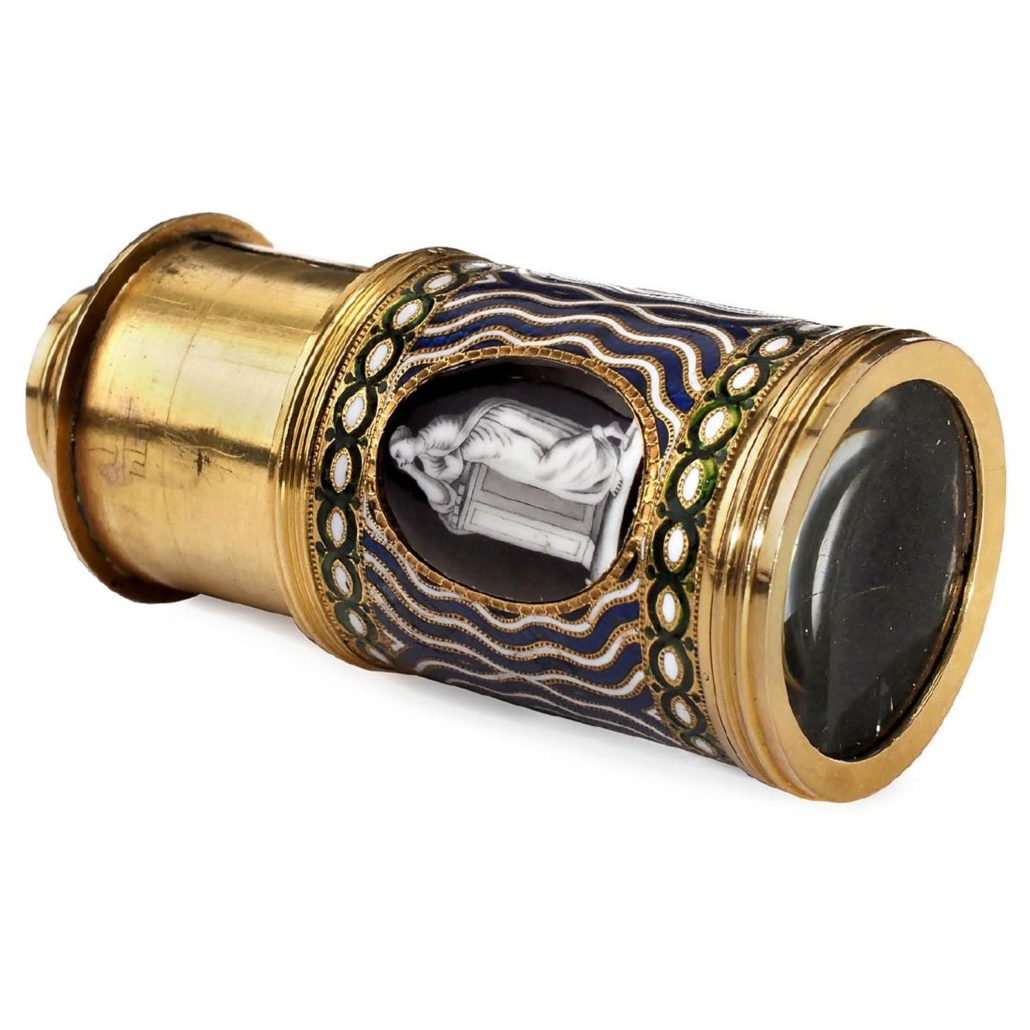
The collecting of scientific and technical instruments reached new heights when Auction Team Breker of Cologne, Germany, began hosting specialty sales. Auction trends over the past 30 years have seen antique timekeeping devices, including early sundials and pocket dials, instruments of navigation and globes of the 17th to 19th centuries achieving the highest prices. A circa-1750 equatorial minute sundial (shown at top of page), for example, fetched $33,898 at Auction Team Breker sale in May 2017, nearly doubling its high estimate.
Instrument-making was always a scholarly pursuit. Renowned 18th century makers, including royal instrument maker George Adams, were craftsmen and engineers, but also scientists and thinkers. Their published works contributed much to the philosophy of their time.

These instruments not only serve as visual artifacts, having considerable appeal as works of art and design, but also are functioning objects of vision and perception. This combination appeals to the more serious side of collecting and, of course, to modern collectors – many themselves from the fields of natural science, medicine and surveying – in a way that purely decorative objects cannot.
Collecting in the last decade has been made easier with technology offering heretofore-unprecedented access to resources for the research of antique objects objects. New collectors in this — or any field — have at their disposal the online collections of many museums. Institutions on both sides of the Atlantic, including Harvard and Yale in the United States; and in Britain, the Whipple Museum in Cambridge, the Wellcome Collection in London, and the Museum of the History of Science in Oxford. All have extensive collections and offer the chance to examine important antique sundials, globes and medicinal instruments firsthand.
Potential buyers can also attend specialist auctions or join organizations like SIS (Scientific Instrument Society) where they can meet fellow collectors and historians.
New collectors find the temptation to buy every instrument they come across nearly irresistible, but the best collections are built knowledgeably over time. Many collectors choose to focus on a single area or even a single maker.
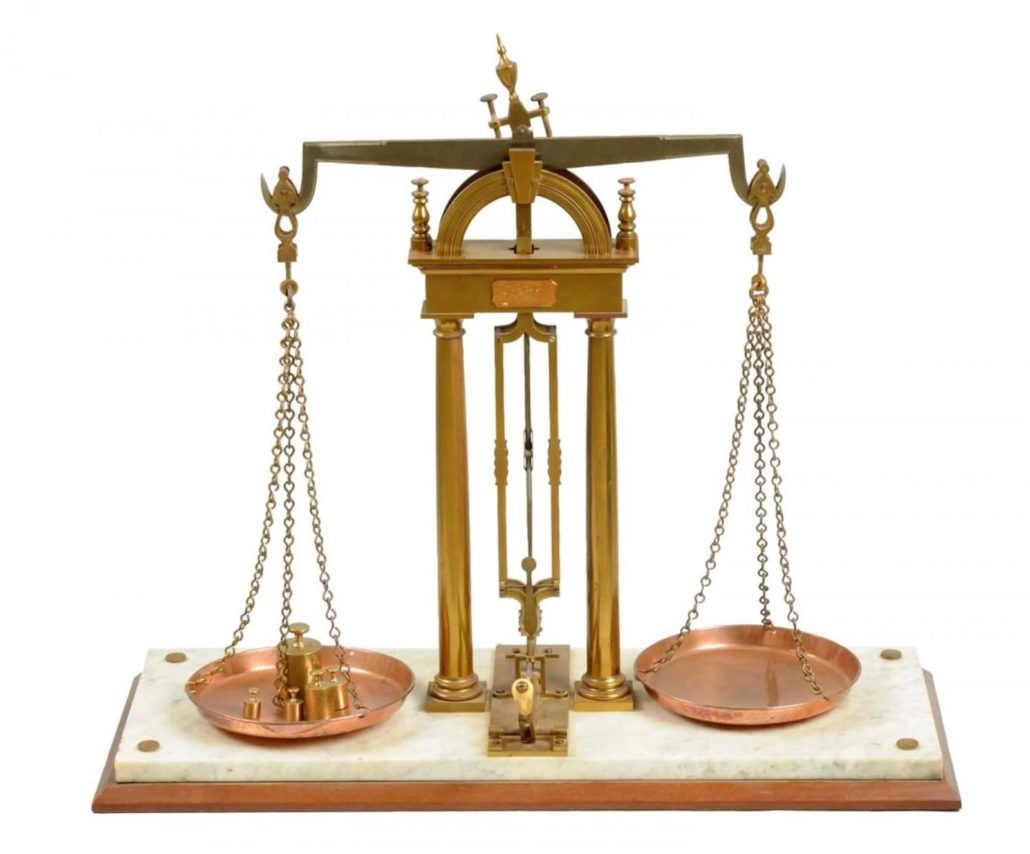
When considering an object for purchase, condition and originality are critical factors. Original finishes on wood and metal should be preserved, as should paper documentation such as original instructions, notes on provenance and research by previous owners. One should resist the urge to change the appearance of an instrument. Polishing a brass microscope, for example, will remove 150 years of patina and certainly devalue the piece.
Enforcement of new CITES regulations (Convention on International Trade in Endangered Species of Wild Fauna and Flora), mean buyers need to pay attention to materials, date and country of origin. The sale and transportation of ivory — banned in the United States with few exceptions — and certain other products of endangered species make the acquisition of certain instruments difficult.
Scientific instruments offer collectors a glimpse into history when discoveries were literally changing the world and humankind’s perception of it. From Archimedes and Galileo to Madame Curie and Alexander Graham Bell, scientists have shaped the modern universe. For antiques devotees, the allure of an object is in the story it tells, and with scientific instruments, the tales can out of this world.
